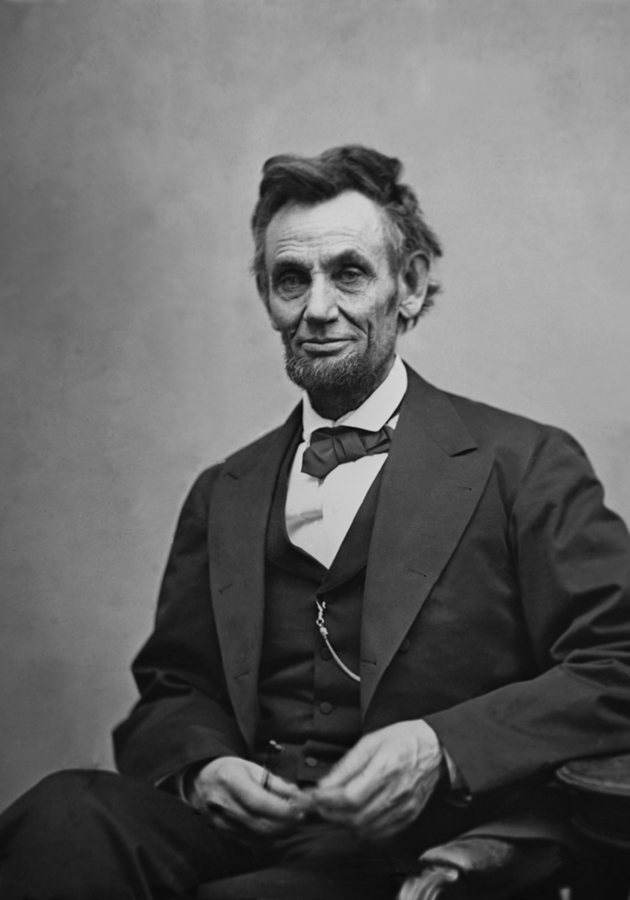Originally published in 1992 at the beginning of the dot-com and real estate bubbles and revised after the 2008 financial crash, “Your Money or Your Life: 9 Steps to Transforming Your Relationship with Money and Achieving Financial Independence” is a guide to changing your relationship with money that has helped hundreds of thousands of people. Whether you are in debt or just want to increase your savings or learn how to invest, this book provides a detailed plan for managing your money. So, get ready to learn how to control your money, not let it control you, and make your life even better in the process!
Throwing out the Old Road Map (Step 1)
What makes this book different from the many others on money and personal finance is that this one integrates your financial life into the rest of your life. While the goal of the book is “to transform your relationship with money,” this doesn’t just mean the physical money itself, it also means thinking about how it functions in your life and how fulfilled you are because of it. Adopting the mindset of the nine steps of this book will lead you not only to financial stability and independence, but to more satisfaction and fulfillment in your life. This requires first rejecting what the authors call the Old Road Map for money in order to follow the New Road Map that will ultimately lead to more financial freedom and the ability to do what you really want with your life.
The Old Road Map has existed since the late 1800s, during the time of the Industrial Revolution, and was designed to provide “the material goods that were seen as necessary at the time.” This improved life for many, but was based on ideas that are quickly becoming outdated in the U.S. For example, working a nine-to-five job until you retire at 65 with support from a company pension, or the idea that “the United States is the world’s greatest economic power and can do no wrong”, or that “we must push for a higher ‘standard of living’ regardless of moral, ethical, emotional, cultural, spiritual, marital, environmental and political consequences.” In addition to these aspects of working life quickly fading away, the drive for material goods has led to the point of nearly exhausting the world’s resources, leading to issues such as climate change, pollution and global conflict over resources. As the authors put it, “The old road map for money has us trapped in the very vehicle that was supposed to liberate us from toil.” So we need to create the New Road Map that is based on these new realities, so that we are not trapped by outdated assumptions.
Step 1 of this process, Making Peace with the Past, requires two tasks:
- Calculate your total lifetime earnings.
- Calculate your net worth by creating a balance sheet of your personal assets and liabilities.
This step is not only valuable for figuring out your starting point, but also for getting your mind in the right place to start following the New Road Map. As the authors explain, “Most people have no idea how much money has entered their lives, and therefore no idea how much money could enter their lives.” It also shows that we often underestimate how much we have earned over time, and that “you are worth more than you thought.” Now that you know exactly where you are coming from, you can now focus on the present in order to start planning for the future.
The New Map (Steps 2-4)
So if the Old Road Map isn’t working anymore, what does the New Road Map look like? It involves thinking about money as a reflection of your “Life Energy,” so that your life is dictated by how your money works for you, and not only in terms of how to earn as much as possible. In Step 2, Being in the Present - Tracking Your Life Energy, you will start to actively think about how much money you spend and earn, and what it costs to “maintain” your job. This also involves two tasks:
A. Determine how much you are “trading your Life Energy for” to determine your “real hourly wage.” Do this by:
a.Calculating all work-related costs, including: commuting, work clothes, meals, decompressing activities and vacations to manage work stress, job-related illness expenditures, and “all other expenses associated with maintaining you on the job.” Deduct all of this from your gross weekly income.
b.Add up the hours you spend prepping for work, commuting, decompressing, going on vacation, and “all the other hours that are linked to maintaining your job.” Divide the number you calculated in the above step by this new weekly hour total. This equals your “real hourly wage.”
B.Keep track of everything you are earning and spending on a daily basis with some kind of reliable system such as a notebook.
Going through this process will reveal your very valuable Life Energy and how much you are selling it for in order to have a job. Knowing your real hourly wage and tracking your finances will help you understand your behavior with money and will get you on the road to developing a new relationship with money.
In Step 3, Where Is It All Going? The Monthly Tabulation, you will create a table each month of all of your income and expenses according to specific categories of spending (food, clothing, transportation, etc). Then you’ll balance the income and expenses so that everything adds up exactly at the end of the month (what you had at the start of the month + your monthly income - your monthly expenses). You’ll then convert the amount spent in each category to “hours of Life Energy” based on the real hourly wage equation. This Monthly Tabulation will be what guides you through the next steps.
Step 4 is asking Three Questions That Will Transform Your Life in the Life Energy hours total of each category:
- Are you getting “fulfillment, satisfaction and value in proportion to Life Energy spent?”
- Are you using your Life Energy according to the values and purpose of your life?
- How would your Life Energy spending change if you didn’t have to work for a living?
Mark each question with a minus sign (-) if you are not receiving enough satisfaction or a plus sign (+) if you think increasing the Life Energy spent would increase satisfaction for you, or a 0 if you are happy with your current situation. These answers will tell you what will make you feel fulfilled, and help you align your values with your earning and spending.
Learning to visualize and value your Life Energy (Steps 5-7)
After you’ve made the calculations of Steps 2-4, you are now ready to start changing how you spend your Life Energy. In Step 5: Making Life Energy Visible, you will create a visual representation of your monthly tabulation on a wall chart, which will plot your total monthly income and expenses as two separate lines, which you should be monitoring every day. This will allow you to keep track of how you’re doing and the progress you’re making, eventually leading to your new relationship with money. As you start to reduce expenses in categories that are not giving you as much fulfillment, the “expense line” will go down and “income line” will go up. You will use this chart to guide you and keep you motivated through the rest of the steps.
In Steps 6 and 7, Valuing Your Life Energy and Minimizing Spending/Maximizing Income, you will use the information you’ve learned to help you lower your expenses and increase your savings by using your Life Energy intelligently and according to your values. On the income side, you will start trading your Life Energy “with purpose and integrity for increased earnings” by thinking about what you really want to do “for a living” (not “a dying”) and how you want to spend your life. Your job should not define you, especially if it is not aligning with your values and a good use of your Life Energy. All of this will improve both your quality of life and standard of living as you start to understand how valuable your Life Energy is, and that you only have so much of it to spend.
To sum up, in Step 6, you will “learn and practice intelligent use of your Life Energy (money), which will result in lowering your expenses and increasing your savings. This will create greater fulfillment, integrity and alignment in your life.” And in Step 7, you will “increase your income by valuing the Life Energy you invest in your job, exchanging it for the highest pay consistent with your health and integrity.” Once you’ve reached this point, you will be on your way to achieving financial independence and transforming your relationship with money.
Reaching the crossover point and beyond (Steps 8-9)
The final two steps will push you over the line to financial independence and into the life you really want and deserve. In Step 8: Capital and the Crossover Point, you will plug your total accumulated capital each month into the following formula to calculate your “monthly independence income,” which will become the third line on your wall chart:
capital x current long-term interest rate
÷
12 months
=
monthly investment income
You can find the long-term interest rate in the 30-year treasury bond section of the treasury bond table of publications such as The Wall Street Journal. After following the program for a while, you will notice your monthly expense line will have a smaller zigzag pattern. On your wall chart, project the total monthly expense line into the future in light pencil. Similarly, your monthly investment income line will start to go up. Project this curve into the future as well.
The point where the income line crosses over the expense line is the crossover point, which is where you will finally be financially independent. You will now have enough money for the life you want because “the monthly income from your invested capital will be equal to your actual monthly expenses.” This is a great achievement! You can now do just about anything you desire without being on the financial hamster wheel.
The initial work is done and now, you must work to maintain what you’ve worked so hard for. In the final step, Step 9: Managing Your Finances, you will educate yourself on “long-term income-producing investments so that you can manage your finances for a steady income sufficient to your needs over the long term.” You will be empowered to decide what you do with your money, and can explore investments such as U.S. treasury bonds or other options with greater risk, if possible. You will construct your financial plan using the authors’ three pillars of capital (“the income-producing core of your Financial Independence”). These include a Cushion (“enough ready cash, earning bank interest, to cover six months of expenses”), and a Cache (“the surplus of funds resulting from your continued practice of the nine steps,” to finance things such as service work, an endowment fund, and much more).
All of this work you’ve put in will give you back the power over your money and, most importantly, your life, allowing you to pursue causes that are important to you and may help society and the planet. This is not something as simple as creating and sticking to a budget, but an entire attitude shift in how you approach your finances. If you need occasional motivation, just remember this: “There is more to life than nine-to-five.”
Final Notes
The way we have been conditioned to think about money is all wrong, and results in us being less happy and fulfilled in the long run. The steps outlined in this book may not be entirely realistic for everyone, depending on individual circumstance, or may take much longer to achieve (if you are working with a very low income, for example). But in any case, it’s a great way to evaluate what’s important to you and how you are spending your time and energy, and may even motivate you to make some big changes. Just remember that this process takes time, patience, and persistence: “The steps build on each other, creating the ‘magic’ of synergy.”
12min Tip
Chances are you’d like to improve your relationship with money in some way, whether by getting out of debt or increasing your savings or investments. You can do all of that while completely transforming the way you see and deal with money, following these nine steps to achieving true financial independence.





























